
Paul D'Amato
Born: 1956 in Boston, Massachusetts
Connection to Illinois: D'Amato initially moved to Chicago in 1944. He currently resides in Chicago's Pilsen neighborhood. He is a professor at Columbia College and has taught photography classes there since 2001. Biography: Paul D'Amato was born in Boston where he attended Boston Latin School at the height of racial unrest, civil rights, and bussing. He moved to Oregon to attend Reed College and claims to have learned as much from traveling cross-country four times a year -often by hitch-hiking and hopping freight trains - as he did in class. After receiving an MFA from Yale School of Art, he moved to Chicago where he discovered the communities of Pilsen and Little Village. The pictures and writing D'Amato produced there over the next fourteen years were made into the book, “Barrio". Paul teaches at Columbia College. He has been awarded numerous grants and fellowships including a Guggenheim Fellowship, a Pollock-Krasner Grant, and a Rockefeller Foundation Grant to Bellagio, Italy and his work is in the collections of the Museum of Modern Art, The Metropolitan Museum of Art, and The Art Institute of Chicago.
Awards:
Web: https://pauldamato.com/
WorldCat: http://www.worldcat.org/search?q=Paul++D'Amato
Selected Titles
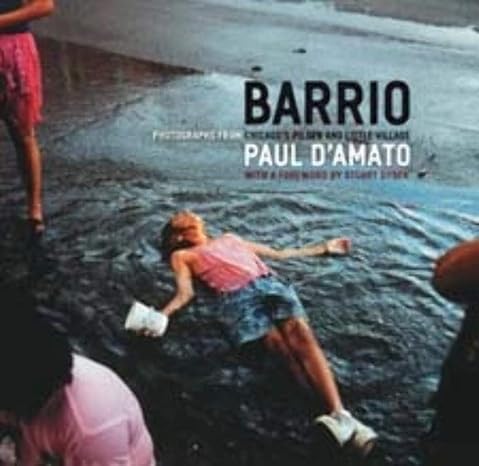 |
Barrio: Photographs from Chicago's Pilsen and Little Village (Chicago Visions and Revisions) ISBN: 0226135055 OCLC: 62509048 University of Chicago Press 2006 In 1988 photographer Paul D’Amato was driving around Chicago with his camera when he decided to follow Halsted Street into Pilsen, the city’s largest Mexican neighborhood. Intrigued by the barrio and neighboring Little Village, he began to take photographs and would continue to do so off and on for the next fourteen years. D’Amato started with the public life of the neighborhood: women and children in the streets, open fire hydrants, and graffiti. But later—after he got to know the area’s Mexican residents better—he was allowed to take more intimate photos of people at work, families at weddings and parties, and even gang members. Barrio collects ninety of these striking color images along with D’Amato’s fascinating account of his time photographing Mexican Chicago and his acceptance—often grudging, after threatened violence—into the heart of the city’s Mexican community. Some of the photos here are beautifully composed and startling—visual narratives that are surreal and dreamlike, haunting and mythic. Others, like those D’Amato took while shadowing graffiti artists in the subway, are far more immediate and improvisational. With a foreword by author Stuart Dybek that places D’Amato’s work in the context of the Pilsen and Little Village that Dybek has elsewhere captured so memorably, this book offers a penetrating, evocative, and overall streetwise portrait of two iconic and enduring Hispanic neighborhoods. |
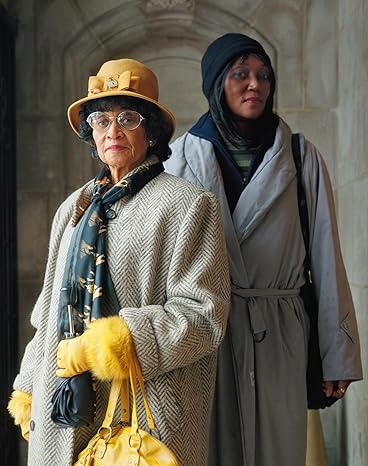 |
here / still / now ISBN: 3868287825 OCLC: 1006412744 Kehrer Verlag 2018 The west side of Chicago is not the poorest, the oldest, the largest, or the most African American of African American communities in the United States it is similar to every other swath of poverty in every single city. We are led to believe that these communities are in crisis when something occurs that lands them on the front page. The real crisis, however, is ongoing and it's one of acceptance of the conditions of poverty, day in and day out. Paul D'Amato's photographs won't change these neighborhoods, but they remind us that the individuals that live in them are as important as any one of us. |
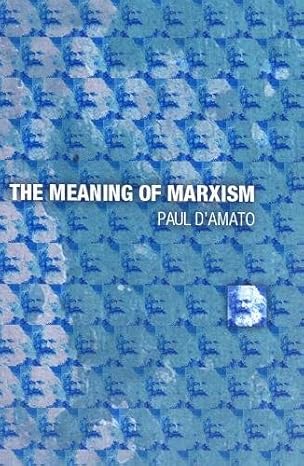 |
The Meaning of Marxism ISBN: 1931859299 OCLC: 74492014 Haymarket Books Chicago, Ill. : 2006 “In [D’Amato’s] able hands, Marxist politics come alive and leap before us, pointing a way toward a better world. It’s a knockout.”—Dave Zirin, author of What’s My Name, Fool?: Sports and Resistance in the United States In this lively and accessible introduction to the ideas of Karl Marx, with historical and contemporary examples, D’Amato argues that Marx’s ideas of globalization, oppression, and social change are more important than ever. Paul D’Amato is the associate editor of the International Socialist Review. His writing has appeared in CounterPunch, Socialist Worker, and SelvesandOthers.org. He is an activist based in Chicago. |
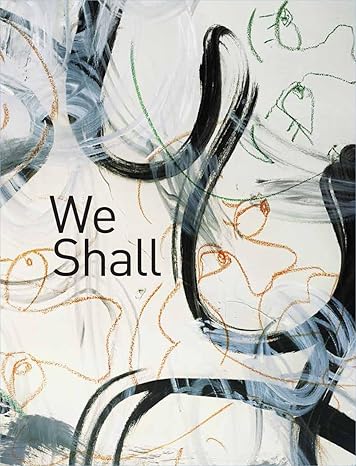 |
We Shall: Photographs by Paul D'Amato ISBN: 0978907477 OCLC: 859583905 DePaul Art Museum 2013 Through emotionally charged portraits and richly layered interior views, Paul D'Amato's photographs made on Chicago's West Side provide a nuanced perspective on life in some of the most challenging and troubled neighborhoods in the U.S. Equally committed to his craft and to immersing himself in the community, D'Amato's collaborative approach to portraiture aspires to narrow the divide between his and his sitters' subjective experiences in order to create photographs that are at once genuine and aesthetically engaging. We Shall: Photographs by Paul D'Amato brings together ten years of work and offers insight into the making of the photographs. By pairing variants of a portrait from a single sitting, D'Amato seeks to complicate the images' meaning by defying the authority of a single photograph as a comprehensive statement. Neither feel-good narratives nor stories of despair, D'Amato's photographs convey the complexities of representation and the ambiguities of life in a socially and economically marginalized community. Published by the DePaul Art Museum, Chicago. Includes essays by Gregory J. Harris (Assistant Curator, DePaul Art Museum) and Pastor Cleophus J. Lee (Original Providence Baptist Church, Chicago). Hardcover, 10 x 8 in., 102-pages, 47 plates, 3 gatefolds. |


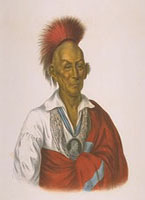

.jpg)